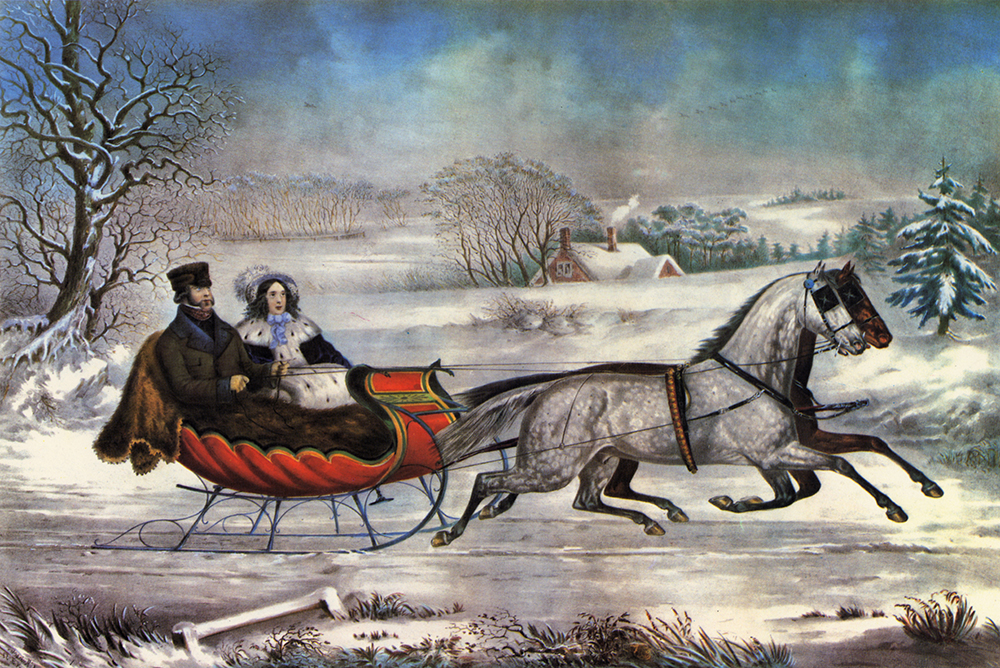Concert - Chorus, Orchestra
Sat, 4 Dec 2021
- Event Details
-
Type of event: Concert Venue: Haslemere Hall
Bridge Rd
Haslemere
GU27 2ASDescription: 
Concert:ROSSINI Overture "La Cenerentola"
Conductor James Ross
HAYDN Symphony No 101 (The Clock)
LEOPOLD MOZART Sleigh Ride
A series of choral pieces with a sacred theme including
HANDEL Choruses from Messiah
CLIVE OSGOOD The Bee Carol First Performance
DVORAK Czech Suite (Polka and Sousedska Minuetto)
Tickets £17.50, £12.00 and £8.00 (under 18s £9.00, £6.00 and £4.00)
Tickets may be purchased from the Haslemere Hall Box Office (Tel: 01428 642161) or through the Hall website (usual booking fee applies).
Although government Covid restrictions have been eased we do want our audiences to feel safe and so we shall follow procedures already adopted by leading professional and other orchestras: We are limiting the size of audience and there will be a restricted number of tickets available from the Haslemere Hall and online. Subject to availability some tickets may be bought on the door.
We strongly encourage all concert attendees to wear masks while inside the Hall if you are able to do so and especially when moving around.
Programme notesGioachino Rossini (1792–1868), Overture: La Cenerentola
Maestoso – Allegro vivace
We owe the existence of Rossini’s two-act ‘dramma giocoso’, La cenerentola, ossia La bontà in trionfo, to the ecclesiastical censors of Rome, where the first performance took place at the Teatro Valle on 25 January 1817. The theatre originally commissioned Rossini to set a different libretto based on a French comedy, but constant interference from the censors led the composer to demand a new libretto. He chose the subject of Cinderella on 23 December 1816, leaving only a month to compose a new opera from scratch. The censors still made their mark: Cinderella’s glass slipper was replaced by a bracelet to avoid a bare feminine foot gracing the stage.
Even with Rossini’s talent and reputation for working at speed, one month to compose a new opera was a tall order. It is hardly surprising he resorted to engaging an assistant, Luca Agolini, to write some of the music, and that as with Il barbiere di Siviglia, he borrowed the overture from a previous work. In this case it was La gazzetta, a comic opera written for Naples and performed the previous September, whose overture is now always linked with the more famous La cenerentola.
F.J. Haydn (1732-1809), Symphony No.101 in D, The Clock
I. Adagio – Presto II. Andante III. Minuet: Allegretto IV. Finale: Vivace
Symphony No.101 was first performed on 3 March 1794 in the Hanover Square Rooms during Haydn’s second highly successful concert tour to London. Its nickname comes from the ‘tic-toc’ suggested persistently in the second movement: this however is merely one of its many charms.
The first movement’s slow opening ‘adagio’ is solemn, but its climbing scale in triple time is transformed in both speed and character in the main ‘presto’ section; later it can also be heard upside-down. The second movement’s ‘clock’ accompaniment is both full of variety, with endlessly imaginative re-orchestration and quirks of pitch, a sudden stop and ‘wrong’ key resumption (in E-flat instead of G), then a sudden explosion by full orchestra in the ‘correct’ key. The Minuet’s central ‘Trio’ section plays at pastoral simplicity: repeated chords in the strings from which a solo flute emerges, later joined by bassoon. The finale is a Rondo: starting in Symphony’s ‘home’ key of D major, a contrasting D minor section leads to the opening idea returning ‘pianissimo’ in a double fugue played by the strings, then a grand tutti to finish.
The Clock’s reception in London was highly enthusiastic; unlike many of Haydn’s earlier symphonies, which remained in obscurity until the later 20th Century, it has remained in the repertoire continuously. The Morning Chronicle reported of the first performance:
As usual the most delicious part of the entertainment was a new grand Overture [i.e. Symphony] by HAYDN; the inexhaustible, the wonderful, the sublime HAYDN! The first two movements were encored; and the character that pervaded the whole composition was heartfelt joy. Ever new Overture he writes, we fear, till it is heard, he can only repeat himself; and we are every time mistaken.
James Ross



